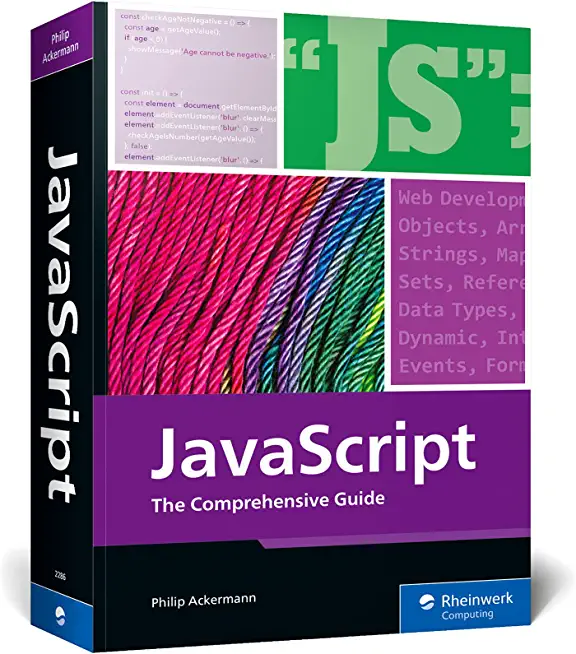20761: Querying Data with Transact-SQL Training in Milford
|
We offer private customized training for groups of 3 or more attendees.
|
||
Course Description |
||
| The main purpose of this 5 day instructor led course is to give students
a good understanding of the Transact-SQL language which is used by all
SQL Server-related disciplines; namely, Database Administration,
Database Development and Business Intelligence. As such, the primary
target audience for this course is: Database Administrators, Database
Developers and BI professionals. The course will very likely be well
attended by SQL power users who are not necessarily database-focused;
namely, report writers, business analysts and client application developers.
Course Length: 5 Days
Course Tuition: $1750 (US) |
||
Prerequisites |
|
| Working knowledge of relational databases. Basic knowledge of the Microsoft Windows operating system and its core functionality. | |
Course Outline |
|
Module 1: Introduction to Microsoft SQL Server 2016 This module introduces SQL Server, the versions of SQL Server, including cloud versions, and how to connect to SQL Server using SQL Server Management Studio. Lessons
Lab: Working with SQL Server 2016 Tools
After completing this module, you will be able to:
Module 2: Introduction to T-SQL Querying This module describes the elements of T-SQL and their role in writing queries. Describe the use of sets in SQL Server. Describe the use of predicate logic in SQL Server. Describe the logical order of operations in SELECT statements. Lessons
Lab: Introduction to T-SQL Querying
After completing this module, you will be able to:
Module 3: Writing SELECT Queries This module introduces the fundamentals of the SELECT statement, focusing on queries against a single table. Lessons
Lab: Writing Basic SELECT Statements
After completing this module, you will be able to:
Module 4: Querying Multiple Tables This module describes how to write queries that combine data from multiple sources in Microsoft SQL Server 2016. Lessons
Lab: Querying Multiple Tables
After completing this module, you will be able to:
Module 5: Sorting and Filtering Data This module describes how to implement sorting and filtering. Lessons
Lab: Sorting and Filtering Data
After completing this module, you will be able to:
Module 6: Working with SQL Server 2016 Data Types This module introduces the data types SQL Server uses to store data. Lessons
Lab: Working with SQL Server 2016 Data Types
After completing this module, you will be able to:
Module 7: Using DML to Modify Data This module describes how to create DML queries, and why you would want to. Lessons
Lab: Using DML to Modify Data
After completing this module, you will be able to:
Module 8: Using Built-In Functions This module introduces some of the many built in functions in SQL Server 2016. Lessons
Lab: Using Built-In Functions
After completing this module, you will be able to:
Module 9: Grouping and Aggregating Data This module describes how to use aggregate functions. Lessons
Lab: Grouping and Aggregating Data
After completing this module, you will be able to:
Module 10: Using Subqueries This module describes several types of subquery and how and when to use them. Lessons
Lab: Using Subqueries
After completing this module, you will be able to:
Module 11: Using Table Expressions Previously in this course, you learned about using subqueries as an expression that returned results to an outer calling query. Like subqueries, table expressions are query expressions, but table expressions extend this idea by allowing you to name them and to work with their results as you would work with data in any valid relational table. Microsoft SQL Server 2016 supports four types of table expressions: derived tables, common table expression (CTEs), views, and inline table-valued functions (TVFs). In this module, you will learn to work with these forms of table expressions and learn how to use them to help create a modular approach to writing queries. Lessons
Lab: Using Table Expressions
After completing this module, you will be able to:
Module 12: Using Set Operators This module introduces how to use the set operators UNION, INTERSECT, and EXCEPT to compare rows between two input sets. Lessons
Lab: Using Set Operators
After completing this module, students will be able to:
Module 13: Using Windows Ranking, Offset, and Aggregate Functions This module describes the benefits to using window functions. Restrict window functions to rows defined in an OVER clause, including partitions and frames. Write queries that use window functions to operate on a window of rows and return ranking, aggregation, and offset comparison results. Lessons
Lab: Using Windows Ranking, Offset, and Aggregate Functions
After completing this module, students will be able to:
Module 14: Pivoting and Grouping Sets This module describes write queries that pivot and unpivot result sets. Write queries that specify multiple groupings with grouping sets Lessons
Lab: Pivoting and Grouping Sets
After completing this module, students will be able to:
Module 15: Executing Stored Procedures This module describes how to return results by executing stored procedures. Pass parameters to procedures. Create simple stored procedures that encapsulate a SELECT statement. Construct and execute dynamic SQL with EXEC and sp_executesql. Lessons
Lab: Executing Stored Procedures
After completing this module, students will be able to:
Module 16: Programming with T-SQL
Lab: Programming with T-SQL
After completing this module, students will be able to:
Module 17: Implementing Error Handling This module introduces error handling for T-SQL Lessons
Lab: Implementing Error Handling
After completing this module, students will be able to:
Module 18: Implementing Transactions This module describes how to implement transactions. Lessons
Lab: Implementing Transactions
After completing this module, students will be able to:
|
Course Directory [training on all levels]
- .NET Classes
- Agile/Scrum Classes
- AI Classes
- Ajax Classes
- Android and iPhone Programming Classes
- Blaze Advisor Classes
- C Programming Classes
- C# Programming Classes
- C++ Programming Classes
- Cisco Classes
- Cloud Classes
- CompTIA Classes
- Crystal Reports Classes
- Design Patterns Classes
- DevOps Classes
- Foundations of Web Design & Web Authoring Classes
- Git, Jira, Wicket, Gradle, Tableau Classes
- IBM Classes
- Java Programming Classes
- JBoss Administration Classes
- JUnit, TDD, CPTC, Web Penetration Classes
- Linux Unix Classes
- Machine Learning Classes
- Microsoft Classes
- Microsoft Development Classes
- Microsoft SQL Server Classes
- Microsoft Team Foundation Server Classes
- Microsoft Windows Server Classes
- Oracle, MySQL, Cassandra, Hadoop Database Classes
- Perl Programming Classes
- Python Programming Classes
- Ruby Programming Classes
- Security Classes
- SharePoint Classes
- SOA Classes
- Tcl, Awk, Bash, Shell Classes
- UML Classes
- VMWare Classes
- Web Development Classes
- Web Services Classes
- Weblogic Administration Classes
- XML Classes
- Object-Oriented Programming in C# Rev. 6.1
15 September, 2025 - 19 September, 2025 - Linux Fundaments GL120
22 September, 2025 - 26 September, 2025 - RED HAT ENTERPRISE LINUX AUTOMATION WITH ANSIBLE
15 September, 2025 - 18 September, 2025 - RED HAT ENTERPRISE LINUX SYSTEMS ADMIN II
8 December, 2025 - 11 December, 2025 - RHCSA EXAM PREP
17 November, 2025 - 21 November, 2025 - See our complete public course listing






